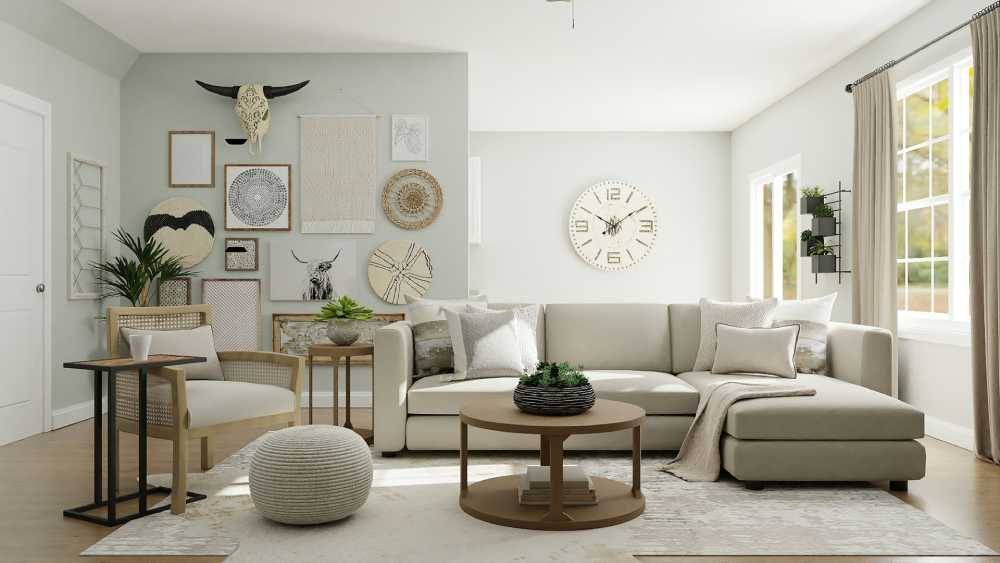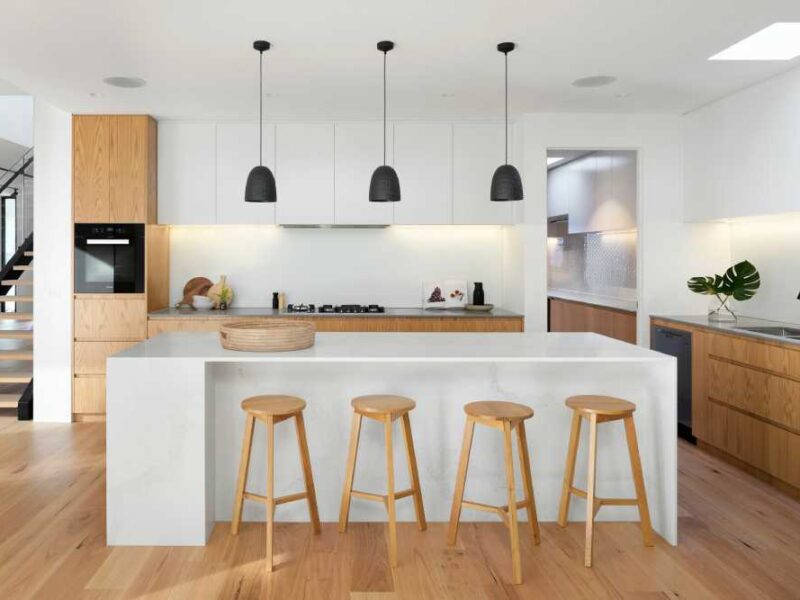Reimagining our living spaces has led us to quest for decorative elements that resonate with our inner selves and make our homes unique sanctuaries. Nothing achieves this quite like wall art, a piece of our spirits rendered in color and form.
Art serves as a narrative of our tastes, and through it, a plain wall becomes a canvas telling stories of inspiration, peace, or vibrant energy. From the audacious blush of a graffiti-style piece to the serene whisper of a classic landscape, the range of styles that can grace our walls is infinite.
Understanding the ecological and psychological underpinnings behind why certain types of art appeal to us is essential. Integrating stunning, beautiful murals or subtle accent pieces can be transformative, imbuing our personal spaces with a life-affirming zest or a calming respite.
Contents
- 1 Deciphering the Art of Selection: What Your Wall Art Says About You
- 2 Creating Harmony: Pairing Wall Art with Your Home’s Color Scheme
- 3 The Effect of Large-Scale Wall Pieces on Room Dynamics
- 4 Durability and Quality: Investing in Timeless Pieces
- 5 Introducing Functionality: When Wall Art Merges with Utility
- 6 Art Influencing Emotion: The Psychological Power of Wall Decor
- 7 Installation Insights: Best Practices for Hanging Your Art
Deciphering the Art of Selection: What Your Wall Art Says About You
Selecting the right wall art is a process that requires introspection and a flair for design. It’s akin to choosing the ideal accessories that define an outfit; each item contributes to an overarching persona.
A vintage movie poster, for instance, speaks volumes about a homeowner’s nostalgic connections, whereas a bold abstract painting might allude to their sophisticated and forward-thinking nature. Exploring art as a form of non-verbal communication allows us to express who we are and how we perceive the world around us.
This emotional resonance converts a dwelling into a home—an extension of our identity. Therefore, anticipate how a particular painting or photograph will express your life experiences, dreams, and philosophies before you make it part of your home.
Creating Harmony: Pairing Wall Art with Your Home’s Color Scheme
Just as an artist considers the color palette before the brush hits the canvas, blending wall art with your home’s color scheme is paramount in achieving aesthetic harmony. This synchronization of hues can unify a space, guiding the eye smoothly across the room.
Alternatively, selecting art that contrasts your current scheme can introduce a refreshing pop of color, creating vibrant focal points. These strategic choices can influence the ambiance and perceived spaciousness of a room.
Additionally, understanding the psychology of color—how different shades can affect our emotions—can aid in creating an environment that supports your well-being. Are you looking to fashion a calming retreat or an arena for inspiration and zeal? The choice and combination of wall art and color palette will steer you toward your home’s desired emotional landscape.
The Effect of Large-Scale Wall Pieces on Room Dynamics
Art and architecture are longstanding companions, and the scale of artwork within a room can alter perceptions of space and form. Large-scale wall pieces, such as expansive murals or oversized canvases, can be the cornerstone of a room’s design, as an anchor for all other decor elements.
They draw the eye and can make a small space feel grander, or a large room feel more intimate and focused. Furthermore, big art pieces can set the theme of a room, rendering smaller decor items as complementary accents. Balancing a large piece can be challenging; it’s about more than just finding a large enough wall but considering the visual weight it brings.
The dialogue between a grand piece of art and the surrounding space is delicate, requiring thoughtful placement to ensure it augments rather than overpowers.
Durability and Quality: Investing in Timeless Pieces
Wall art is an investment in the beauty and character of your home. Art that exudes quality and is crafted to withstand the test of time becomes a treasured element of your abode. This emphasis on longevity applies not only to the distinctiveness of the art but also to its physical resilience. Factors to consider include:
- The materials used
- The printing techniques (for reproductions)
- The reputation of the artist or company producing the piece
By focusing on durable, quality art, you invest in items that could become heirlooms or retain their value should you ever redesign. A piece that appears fresh and vibrant over the years is a testament to wise selection and showcases a homeowner’s dedication to quality.
Introducing Functionality: When Wall Art Merges with Utility
In the evolutionary arc of interior design, functionality has often trailed behind form. Yet, a growing trend in home decor breaks through this dichotomy, presenting wall art that doubles as functional decor.
Imagine a striking tapestry that dampens sound in a high-ceilinged room or creatively crafted shelving units that snake across a wall, acting as storage and visual narrative. The clever integration of functionality into art pieces reflects a pragmatic approach to decor, precious in urban spaces where efficiency is prized. We now witness a delightful fusion where art is seen and used, enhancing a space’s usability while contributing to its charm and character.
Art Influencing Emotion: The Psychological Power of Wall Decor
The interplay between the aesthetics of your environment and mental well-being is profound. Art influences us continuously, and the visuals in our homes serve as a backdrop to daily life. A well-chosen piece of art may convert a room from a practical space to a refuge, filled with either tranquillity or excitement, depending on the images used.
Neuroscience expands on this concept, explaining how art stimulates the brain, affecting our emotions and mental state. In crafting a living space that promotes positivity, selecting artwork becomes a journey of curating emotions. The goal is to surround yourself with imagery that inspires, relaxes, or energizes, enhancing the overall quality of your daily experience within your home.
Installation Insights: Best Practices for Hanging Your Art
While selecting the perfect piece of wall art is critical, the installation can be equally as influential in realizing its impact on a space. The height at which a piece is hung, the lighting by which it is illuminated, and the framing options all contribute to how art is perceived and experienced within a room.
Distances between artworks, alignment with furniture, and the aspect ratio of the wall all play a part in creating a harmonious visual narrative. Correct fastening techniques are crucial to ensure your art remains safely in place. Following best practices here not only secures your investment but also elevates the visual impact of your collection.



